


Each
Locomotive Classification is on a separate page.
Click on the class or image to access the appropriate page
Click on the class or image to access the appropriate page

D2M

D4H
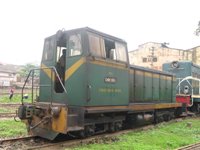
D4.5H
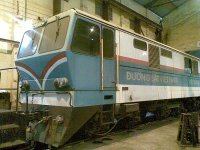
D5H

D8E
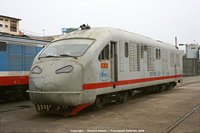
D8H
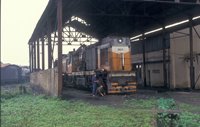
D9E/D10E
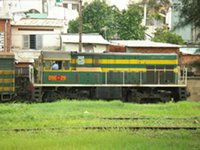
First D10H

Second D10H

D11H
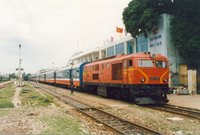
D12E

D13E
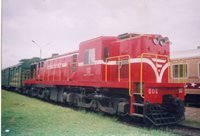
D14E
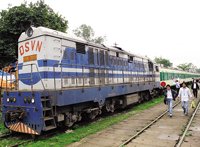
D16E

D18E

D19E
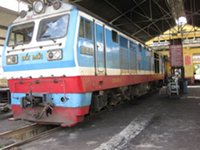
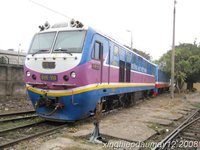
D19Er

D20E
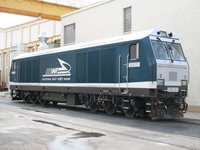
UNC

Class DD11
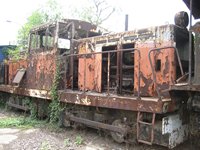
TU6P
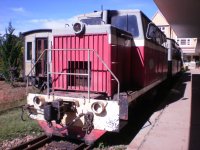
Alsthom/BB901

TU5

V15

Private Diesels


Early Steam

141/ZL Class

220 Class

231 Classes

230 Classes

131 Class
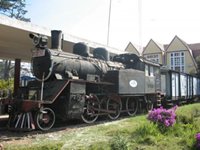
TE/BR52 Class

GJ Industrial
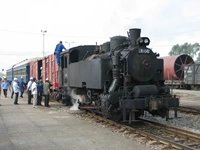
Standard Gauge JF6 Class
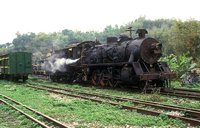
Rack Locomotives

Steam Locomotives generally used the traditional
French classification system. A steam locomotive with a 2-8-2 wheel
arrangement is classified as 141 class, a locomotive with 4-6-2
wheel arrangement is classified as 231 class etc. Pretty straight
forward, except what happened if two classes had a 2-8-2 wheel
arrangement I'm not sure. It didn't happen so wasn't a problem?
There is a suggestion that if two classes had the same wheel arrangement then an additional number (the first number of the road number) was used. e.g. There is reference to a 231.3 class.
But letters were also used e.g. 141 class is also known as the ZL class!.
There is a suggestion that if two classes had the same wheel arrangement then an additional number (the first number of the road number) was used. e.g. There is reference to a 231.3 class.
But letters were also used e.g. 141 class is also known as the ZL class!.
Diesel locomotives have a completely dfferent clasification system.
All diesel classes start with the letter 'D' (for diesel?) then a number which I believe is related to the locomotives power output. The third character defines Electric' (E) or hydraulic (H).
e.g. D5H class = Diesel + 500 hp + hydraulic.
Again, what happens if two classes are the same I don't know.
I am still investigating pre 1975 classifications. Some are the same e.g. 141 steam class, and some are different e.g. 'BB' class instead of D9E. There is also reference to a CY class. Could the first letter refer to the wheel arrangement? e.g. B means B-B and C means 0-6-0?

Created with Kompozer
the Open Source Web Designer
Railways in Vietnam
website © 2009-2016 David Gurnett
Last Updated June 15, 2016
All images remain the copyright of their
original owners and are reproduced purely
for the purposes of research.
Please feel free to contact me at
railwaysofvietnam@gmail.com














